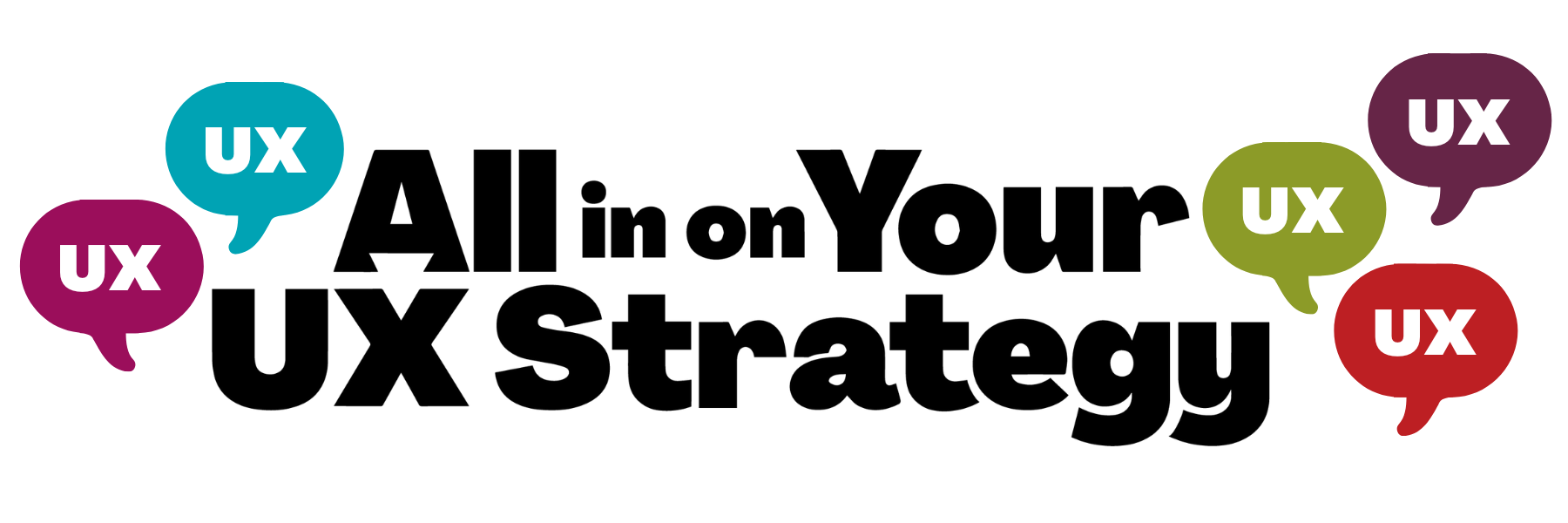Four Articles for a New Year
As we mature our UX craft, we’re realizing long-standing design leadership myths that have guided our work don’t really hold up to scrutiny. We have to be more deliberate about how we deliver value in our work.
It’s not a coincidence that our four most popular articles of the past look behind these myths to find the truth on what work practices make a difference. This is how our field matures, increases the design maturity in our organizations, and delivers better products and services to the world.
As you read these articles below, you’ll see that we’re no longer just collecting up any idea that might work. Instead, we’re forming an important foundation to what it means to produce great designs.
Net Promoter Score Considered Harmful (and What UX Professionals Can Do About It)
We were a bit taken by surprise how much discussion this article created. From our perspective, executives relying on NPS are grasping at straws for a way to tell how well their organizations are doing.
However, when you open the hood, you’ll find that there’s nothing in how Net Promoter Score data is collected or analyzed that stands up to inspection. UX professionals are caught between a rock and a hard place, trying to deliver a simple summary their executives could understand about the very complex interactions their organizations have with customers.
In this article, I explore why NPS doesn’t make sense once you start tearing it down and what UX professionals can do about that problem.
Continue reading on Articles.CenterCentre.com.
Yes, Alan, There Is An ROI For UX Design
”How do I show the value of UX to my executives?” is probably the most common question we hear. When we’re trying to grow our efforts, we need our executives to understand what value they’ll see in return.
When Alan Cooper went on a rant, declaring that any executive who asks is probably not interested in hearing the answer, we realized we needed to talk more about how we explain value. There are very clear returns on investment for delivering well-designed user experiences, but our field doesn’t always know how to talk about them.
In this article, I explore how to formulate the answer to the value question. Design leaders need to be prepared for this question, so they can get the resources they need to do the job everyone needs them to do.
Continue reading on Articles.CenterCentre.com.
Proactive UX Design: A Big Leap Requiring Baby Steps
Almost every organization’s UX design practice starts as a reaction. It’s a reaction to a sudden realization that without a better user experience, the organization won’t produce competitive results. Most of the advice around getting a UX design practice started in an organization is how to build a reactive UX design practice.
Yet, our research comparing successful and struggling organizations has shown that, at some magic moment, the design leaders need to change their tune. They need to move the organization, albeit slowly, in a new direction. They need to change into a proactive UX design practice.
This article talks about that inflection point of change. And we explain how successful design leaders have moved their teams into this new world of proactive UX design.
Continue reading on Articles.CenterCentre.com.
Users Don’t Hate Change. They Hate Our Design Choices.
We found it amusing that this was our fourth most popular article this year. It’s a topic we’ve been talking about for more than a decade. Yet, it seems, many organizations haven’t realized the damage they do to their user experiences when they make jarring changes to their designs.
In this article, we tackle the myth that users hate change and that’s why they get angry when we put out a new release, even if the new release has a proven better user experience. (Anyone remember the Microsoft Ribbon?) I explore how to reframe the changes you need to make, so that your users love new updates, instead of mounting a full-scale revolt.
Continue reading on Articles.CenterCentre.com.
Value and how to measure it were two of this year’s big UX themes. What will this year’s big themes? We can’t wait to find out.
All in on Your UX Strategy

Feel the passion you had when your UX career started. Go all in on your UX Strategy with our five bundled courses.
Each course dovetails together to build up your strategic expertise in the work you were born to do: improving the lives of your users, customers, and colleagues.
Get the new skills, practices, and perspectives you need to deliver your best and most fulfilling work for $2,996 • Or make 4 monthly payments of $749.
For $2,996, the All In on Your UX Strategy bundle includes:
🟢 UX Leadership & Influence
(Win Stakeholders and Influence Decisions program) - a $1,897 Value
🔵 Crafting + Leading a Strategic UX Vision course - a $499 Value
🟠 Advanced Strategic UX Research course - a $499 Value
🟣 Outcome-Driven UX Metrics course - a $499 Value
🔴 UX & Design in an AI World course - a $249 Value
The total value of all five courses: $3,643
Your price for the bundle: $2,996
You save $647
Learn more about what happens when you Go All in on Your UX Strategy.
(If you’ve taken one of these courses in the past, then let us know, and we’ll take the price of that course off your bundle price.)

